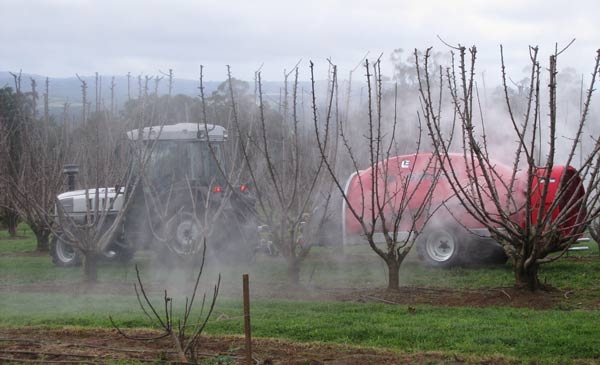A critical aspect of growing any crop is providing protection from damaging pests and diseases which can have a detrimental effect on crop yield and quality. In this regard, pesticides play an important role. However, what happens when you apply a pesticide and it does not solve the problem?
Often these days, and especially with insecticides, the first thought is that the pests have become resistant to the chemical being used to control them. While this is of course a possibility, it is less likely to be the case than a range of other options.
Investigate poor insect control
Most insect control failures are not due to resistance. Before assuming insects surviving an insecticide application are resistant, eliminate other possible causes of poor control such as:
• An incorrect rate of pesticide was used, or the pesticide was applied in an improper manner
• The pest was not identified correctly, and the wrong pesticide was used
• The pesticide was not applied at the appropriate time (i.e. pest target was not in the area at the time of treatment, was entrenched, or was in a life stage not susceptible to the pesticide)
• Pests re-infested the area following the pesticide application.
As you can see from above, the most common reason for a spray failure is that the pesticide was incorrectly applied.
Not only will this cause a failure to control the pests on this occasion, but it can also speed up insect resistance to the product.
For this reason, it is crucial that any spray application is applied correctly.
Correct spray application
• Prior to spray application you should ensure that your sprayer is calibrated correctly. Calibrating just once at the start of the season will not allow for crop or canopy growth, meaning your product may not be reaching the intended target.
• Check your nozzles. Any nozzles that are worn or damaged should be replaced.
A worn nozzle that has 10% increased output can prove a costly fault when spraying over a large area.
• Read the spray directions on the product label to ensure that you are using the correct volume of water and ensure that you are using clean water with a neutral pH. The quality of water used when spraying agricultural chemicals can have significant effects on chemical efficacy.
Minimise pesticide resistance
Having stated that improper application is the most common cause of spray failure, pesticide resistance is undoubtedly an important issue.
Any pest exposed to the same chemistry mode of action over time will eventually develop a level of resistance. That is why it is important for all growers to follow industry resistance management strategies.
These strategies will include, but are not limited to:
• Rotation
If applying multiple insecticides within a season, rotate chemistry mode of action as outlined on product labels and insect resistance management programs.
• Cultural practices
Utilise non-chemical control options that suppress pest populations.
• Monitor
Use economic spray thresholds to guide chemical applications. Apply pesticides at the correct time.
• Consider your beneficials
If chemical application is deemed necessary, use selective chemicals in place of broad-spectrum options. This will allow beneficial insects to assist with pest control.
• Read the label
Comply with all directions for use on product labels and ensure proper application coverage.
Correct application vital
New crop protection products are taking longer to develop and register. They are also demonstrating a shorter active lifespan due to developing resistance.
For this reason, it is imperative that growers apply crop protection products correctly and employ resistance management strategies that prolong the effective life of these products.
A guide to spray application in tree crops is available from Corteva Agriscience.
See this article and contact number in Tree Fruit June 2020




















